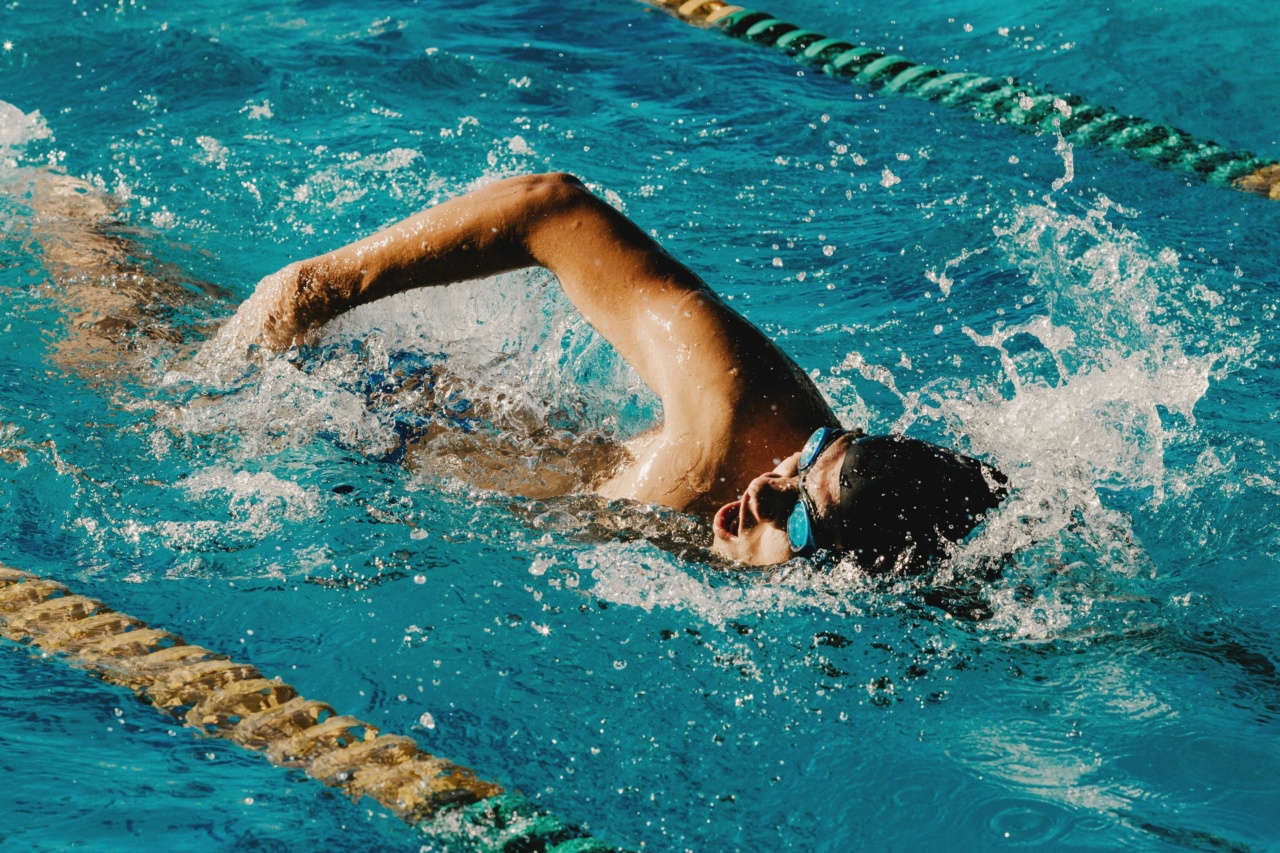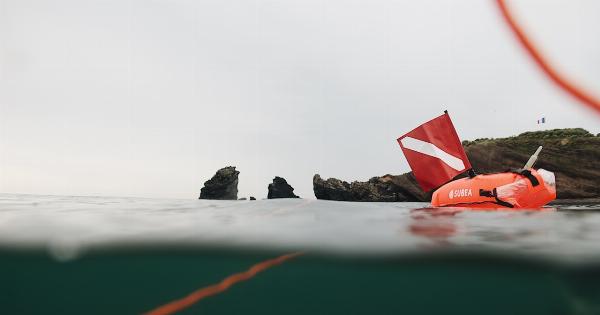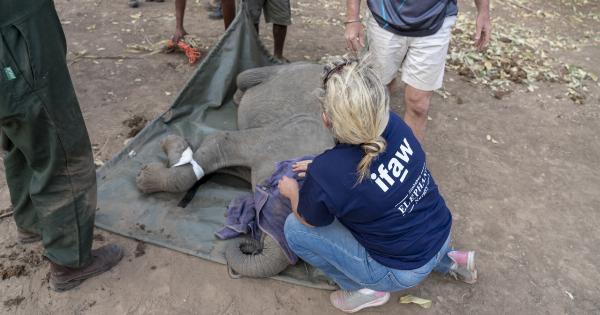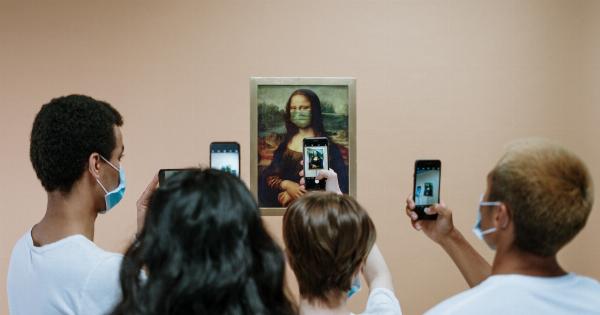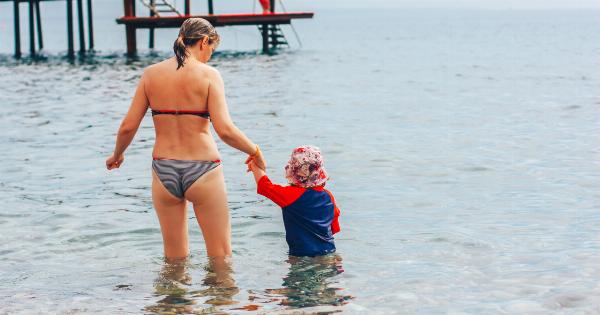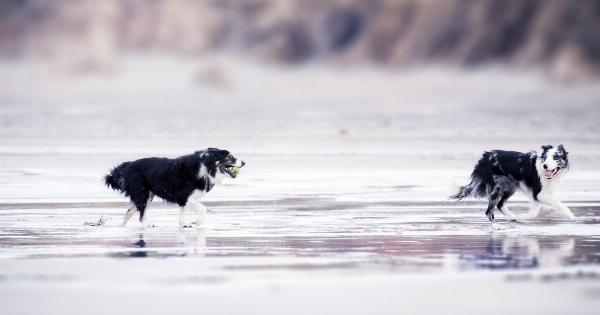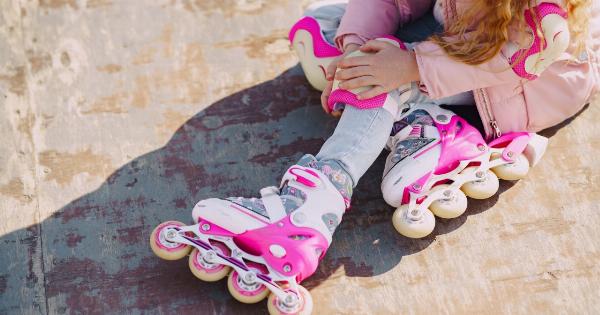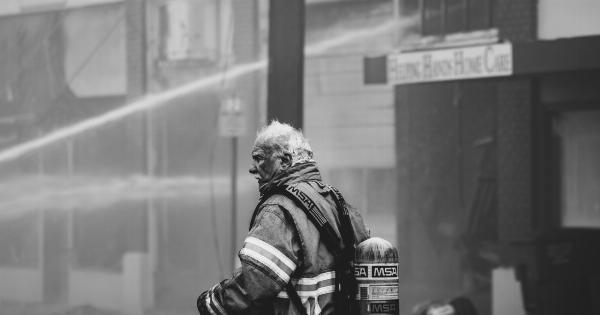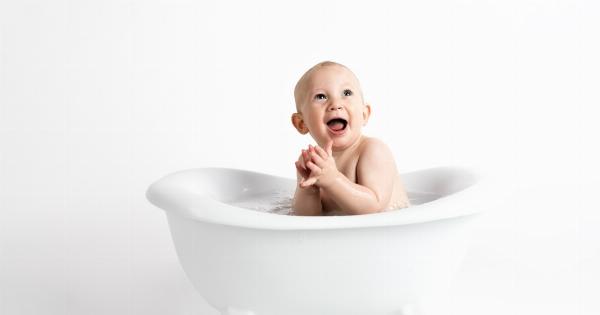Water safety is a crucial topic that every parent should be knowledgeable about, especially when it comes to protecting their baby from the risk of drowning.
Drowning is one of the leading causes of accidental death among children worldwide, and infants are particularly vulnerable. As a parent, it is your responsibility to ensure your baby’s safety around water. This article will provide you with essential tips and guidelines on how to keep your baby safe around water.
1. Constant Supervision
The most important rule of water safety for babies is to always provide constant supervision.
Babies can drown in as little as an inch or two of water, so never leave your baby unattended near any source of water, whether it is a bathtub, a pool, a bucket, or even a small pet water bowl. It only takes a few seconds for a tragic accident to occur, so always stay within arm’s reach of your baby when they are near water.
2. Secure Pool Areas
If you have a swimming pool at home, make sure it is securely fenced off and has a self-locking gate. The fence should be tall enough to prevent your baby from climbing over it and should have no gaps or openings that they can squeeze through.
Keep all pool toys and floatation devices out of sight and reach when the pool is not in use to prevent your baby from being tempted to enter the pool area unsupervised.
3. Educate Yourself and Others
Take the time to educate yourself on water safety measures and CPR techniques specifically for infants and young children. Enroll in a CPR course designed for parents and caregivers so that you are prepared to react quickly in case of an emergency.
It is also essential to educate babysitters, family members, and anyone who cares for your baby about proper water safety protocols and the importance of constant supervision.
4. Use the Right Safety Gear
When taking your baby near water, ensure they are wearing appropriate safety gear. For infants, this includes a well-fitting, Coast Guard-approved life jacket.
Avoid using inflatable toys or floatation devices that can easily tip over and may give a false sense of security. Remember that these items are not a substitute for your constant vigilance and supervision.
5. Learn Infant Swim Skills
While it is important to note that young babies should never be left alone in water, it can be beneficial to introduce them to water in a controlled and supervised environment to develop water familiarity.
Enrolling your baby in a reputable infant swim program can help them become more comfortable in the water and teach them essential water-safety skills. However, these programs should always be seen as a complement to, not a replacement for, constant adult supervision.
6. Empty Containers of Water
Empty all containers of water immediately after use. This includes bathtubs, buckets, inflatable pools, and any other containers that can hold water.
Babies are naturally curious, and even a small amount of water left unattended can be a hazard if your baby decides to explore or play with it.
7. Be Cautious of Bath Time
Bath time can be a fun and bonding experience with your baby, but it can also be dangerous if proper precautions are not taken. Always check the water temperature before placing your baby in the tub to ensure it is at a safe level.
Never leave your baby alone in the bathtub, even for a moment, and make sure you have all the necessary bathing supplies within arm’s reach to prevent leaving your baby unattended.
8. Avoid Distractions
It is crucial to give your full attention to your baby when they are near water. Avoid distractions such as talking on the phone, reading a book, or engaging in any other activities that may divert your attention away from your baby.
Remember, accidents can happen in an instant, so always stay focused and provide constant supervision.
9. Be Prepared for Emergencies
Despite your best efforts, emergencies can still occur. It is vital to be prepared and know what to do in case of an emergency.
Keep a phone nearby with emergency numbers pre-programmed, know the address of your location, and have a first aid kit readily available. Learning infant CPR can be a lifesaver and can help stabilize your baby until help arrives.
10. Stay Updated on Water Safety Guidelines
Water safety guidelines and recommendations may change over time. Stay up to date with the latest information from reliable sources such as the American Red Cross or the National Drowning Prevention Alliance.
Being knowledgeable about current water safety practices will help you implement the most effective preventive measures to protect your baby from drowning.
